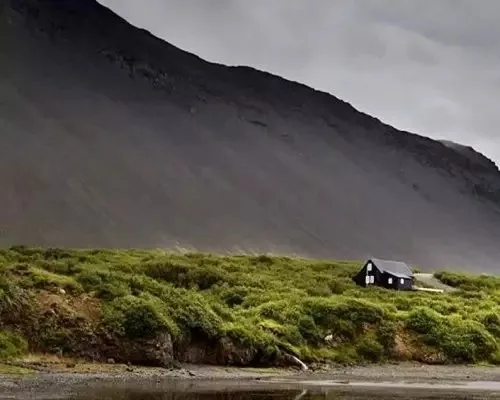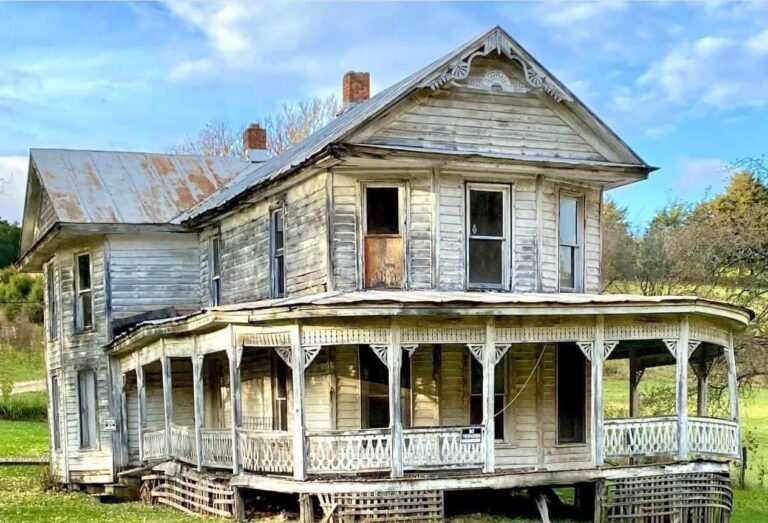Ireland: A Tomb Hidden For 4000 Years Is Discovered “Untouched” With Human Stays Inside

An Irish farmer discovers a medieval tomb that has been mostly neglected for thousands of years.
The burial place was discovered on the Dingle peninsula in South West Ireland after an excavator dislodged a big boulder, revealing a concealed chamber underneath.
Inside, native archaeologists uncovered what they thought were human bones, as well as a pristine oval-shaped stone – all of which might hold information about archaic burial procedures
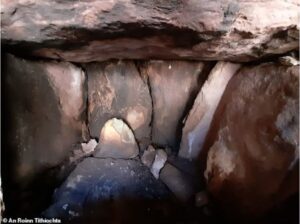
A farmer in southwest Ireland uncovered an old burial behind a massive stone he moved on his land. A sub-chamber towards the front of the tomb was discovered, as well as a smooth oblong-shaped stone and what seemed to be human bones.
According to RTE, the tomb was discovered during normal land development work when a big stone was raised up to expose a’slab-lined chamber’ beneath.
An adjoining sub-chamber was discovered at what looked to be the front of the tomb, containing human bone remains.
They believe the tomb is between 2,500 and 4,000 years old and stems from the Bronze Age.
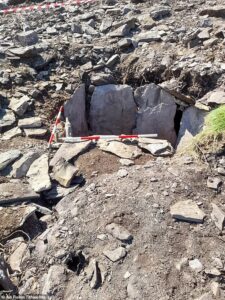
Bronze Age tombs have been found in the region before, but almost all of them stick out the ground. The new discovery ‘is completely concealed, suggesting it may be even older
However, unlike other Bronze Age tombs, it was built totally underground, implying that it might be substantially older.
The tomb was discovered during traditional, RTE-based earth enchantment work, when a massive boulder was moved to expose a “slab lined chamber” beneath.
An additional side chamber was uncovered near the mausoleum’s impressive entrance, holding what are thought to be human bone remains.
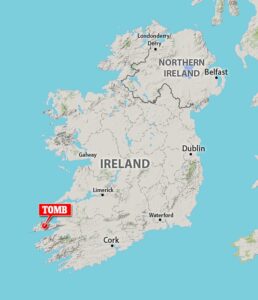
The tomb was discovered on farmland on southwest Ireland’s Dingle Peninsula, which has been inhabited for 6,000 years. Its exact location is being kept private to preserve the site for future study
A pristine oval stone was also uncovered, but its function remains unknown.
Archaeologists from the National Monuments Service and the National Museum of Ireland investigated the site and believe the tomb dates from the Bronze Age, which lasted from 2000 to 500 BC.
However, given to the “very unusual” design, it is most likely even older.
“Given its position, orientation, and the presence of the enormous slab, your initial assumption is that this may be a Bronze Age tomb,” archaeologist Mcheál Coileáin told RTE.
“However, the design of this particular tomb differs from every other Bronze Age burial site we have right here,” he noted.
“It is possible that it is earlier, but it is really difficult at this early level thus far.”
The tomb looked to be “totally undisturbed,” according to archaeologist Breandán Cobháin, and its contents remained authentic.
“That may be really unusual,” Cobháin said. “It is a particularly significant discovery since the distinctive architecture has been preserved and never messed with, as in the case of other discovered tombs.”
Remember to share this post with your friends if you enjoyed it!




